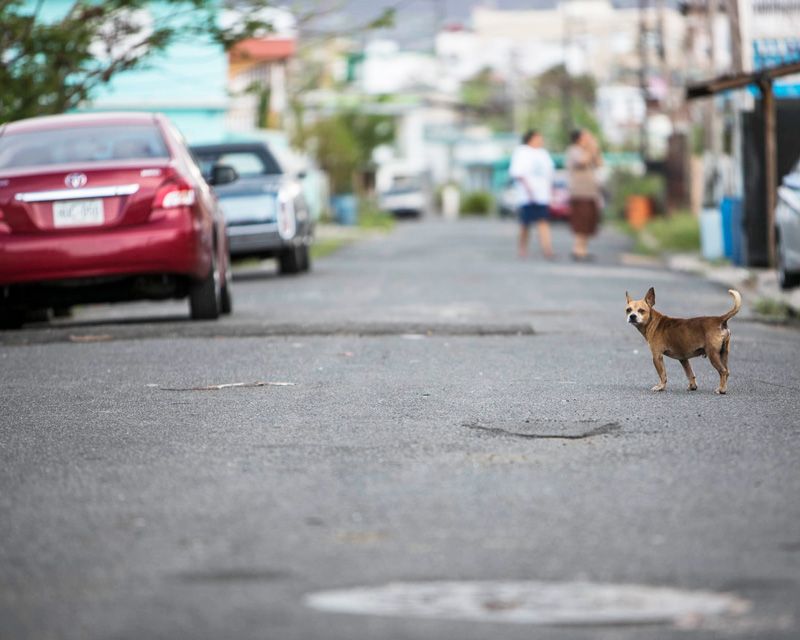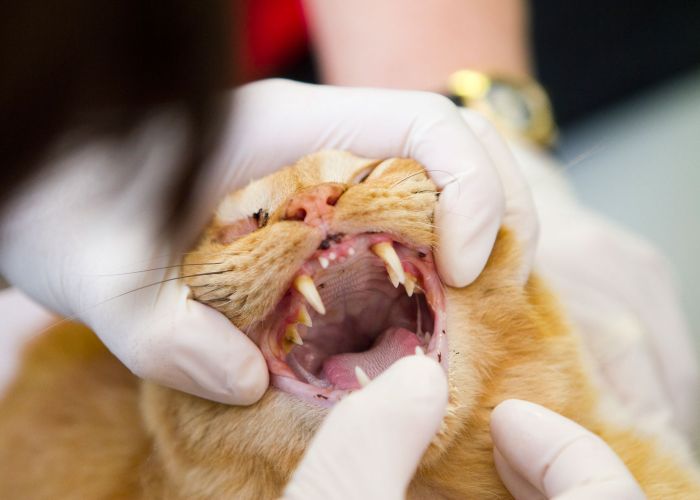The long road to fertility control
Researchers seek a permanent, nonsurgical method

The prize is huge—$25 million, about 25 times the amount given to Nobel laureates—and the competition is stiff. Scientists from around the world are trying to solve a puzzle that has stumped researchers for decades: how to prevent dogs and cats from getting pregnant without surgery. A solution would enable organizations such as Humane World for Animals and Humane Society International to reduce the number of homeless pets, street dogs and outdoor cats by sterilizing animals in places that today do not have the ability to operate large-scale spay/neuter programs.
Since the Michelson Prize and Grants in Reproductive Biology were created in 2008, about 40 projects have received up to $750,000 each, with a total of $10 million given for research. The $25 million prize will go to the first team to develop a safe, single-dose, low-cost nonsurgical permanent sterilant for male and female cats and dogs. It must be a candidate for regulatory approval from the U.S. Food and Drug Administration and have the potential for delivery in a field setting.
In July, researchers met in Boston to report on their progress. There were no big breakthroughs, but Linda Rhodes, scientific adviser for the Alliance for Contraception in Cats and Dogs and the Michelson Found Animals Foundation, says even the failures are bringing scientists closer to a solution.
“We wanted a lot of ideas—the wackier, the better,” Rhodes says. “We’ve been ruling things out. Now I think the focus of the foundation is on things that really have potential.”
“We wanted a lot of ideas— the wackier, the better. ... Now I think the focus ... is on things that really have potential.”
—Linda Rhodes, ACC&D
Here are answers to commonly asked questions about the prize:
What are a few examples of the approaches that have been tried?
In the U.S., Mexico, Bolivia, Panama and Colombia, a contraceptive called Zeuterin/ EsterilSol, originally developed with HSUS funding, has been injected into male dogs. It’s permanent and cost-effective, but the company that once manufactured it has gone out of business.
Many researchers have focused on a contraceptive vaccine called Gonacon because female cats who received it in a Florida lab did not become pregnant for three years. The contraceptive stops the release of GnRH, a “master control” hormone that turns on the reproductive system. However, other scientists reported in July that they were not able to get Gonacon to work longer than a year.
What will researchers try next?
Gene therapy is one of the latest techniques. Scientists hope to use viruses to deliver genes that stop reproduction, by, for example, producing proteins that block the action of GnRH, or stop the development of eggs. One shot would be enough for a lifetime.
Why is this a hard problem to solve?
Animals have evolved to have strong reproductive systems. Even if drugs can suppress fertility for a while, it’s hard to permanently sterilize dogs and cats.
How much longer will it take?
In 2015, researchers estimated that a nonsurgical sterilant would reach veterinarians by 2025. Carl Johnson, who serves on the Michelson Prize and Grants scientific advisory board, says it will probably take more time: 15 years to develop the contraceptive, then another 15 years before it is available on the market.






